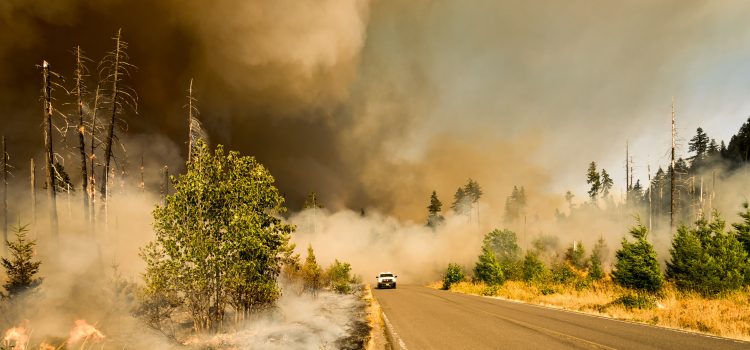
As more people seek to live in idyllic locations surrounded by nature, they are increasingly putting themselves in harm’s way. This is particularly true in regions with a high risk of wildfires. While living in these areas can provide breathtaking scenery and a sense of seclusion, it can also expose residents to a range of dangers.
One of the most immediate threats is the risk of wildfire itself. In recent years, fires have ravaged parts of California, Australia, and other regions, destroying homes and claiming lives. In some cases, fires can move so quickly that residents have little time to evacuate, putting their lives in peril.
But even when fires are not burning, the dangers of living in fire-prone areas persist. The smoke from wildfires can pose serious health risks, especially for those with pre-existing conditions like asthma or heart disease. Exposure to fine particulate matter in the air can cause respiratory problems and increase the risk of heart attacks and strokes.
Despite these risks, many people continue to flock to areas with a high risk of wildfires, drawn by the natural beauty and perceived seclusion. This has created a situation where millions of people are living in harm’s way, often without realizing the dangers they face.
So what can be done to mitigate the risks of living in fire-prone areas? One solution is to improve building codes and regulations to ensure that homes are more fire-resistant. This can include using fire-resistant building materials, creating defensible space around homes, and installing fire-resistant roofing and siding.
Another approach is to increase public awareness of the risks of living in these areas. By educating residents about the dangers of wildfires and the steps they can take to stay safe, we can reduce the risk of harm. This can include teaching people how to prepare for evacuations, creating community evacuation plans, and providing information on air quality during wildfire season.
Ultimately, the decision to live in a fire-prone area is a personal one, and there is no guarantee of safety. But by taking steps to mitigate the risks and increase public awareness, we can help ensure that those who choose to live in these areas are doing so with their eyes wide open. The beauty of nature is something to be cherished, but not at the cost of our health and safety.










